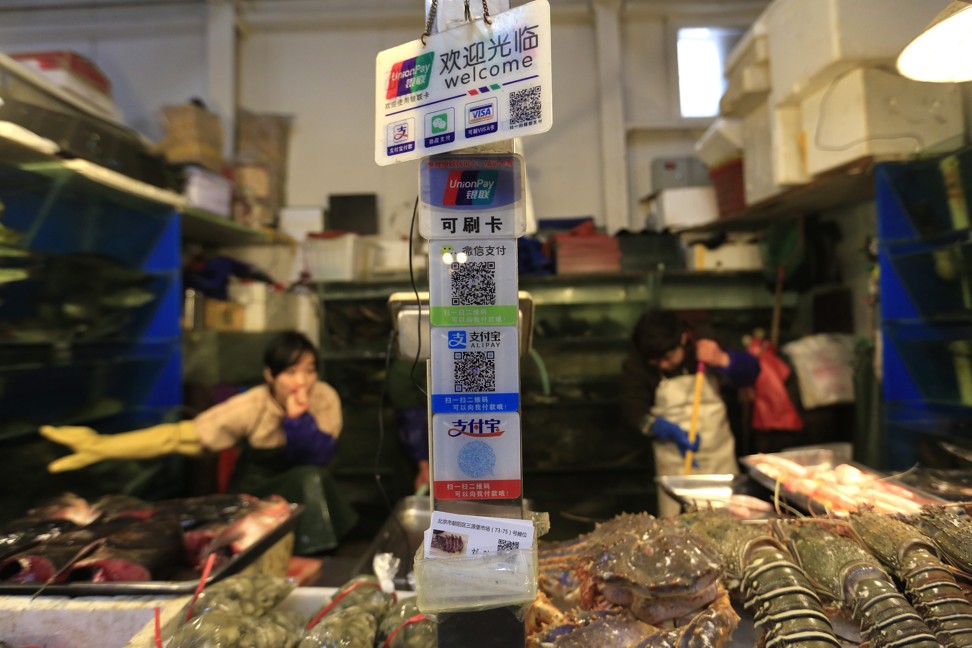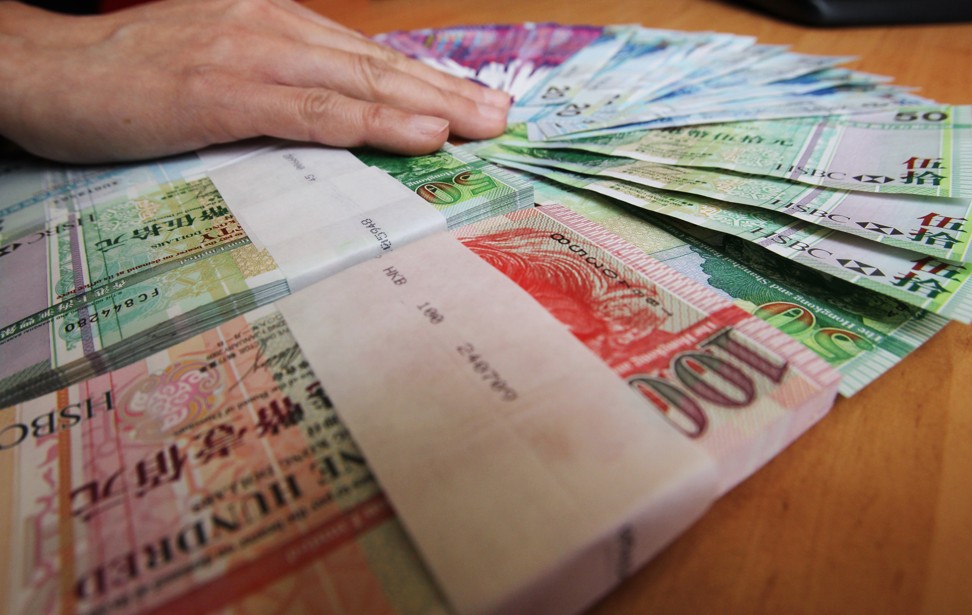How going cashless in China is killing the Lunar New Year tradition of giving lai see
With mobile transactions and WeChat’s hong bao becoming popular, where does that leave the lovely Lunar New Year practice of gifting little packets of cash?

When I was growing up, Lunar New Year was like a second Christmas. You had a huge family gathering over a grand feast the night before, and the following morning, instead of presents, I used to get something even better – lai see – or red packets, (hong bao in China) which is gift money given to the young and unmarried by those are married or older.
After days of playing with cousins and my parents allowing me to eat loads of sweets from the chuen hup or candy box, I used to like arranging all my red envelopes into a pile and count the money I had accumulated. I must have been a greedy little girl as I thought only of myself and decided which toys I wanted to buy and how much I would set aside for later use – perhaps toys that would be released later in the year.
All that is about to become a relic of a bygone era.
A cashless society

Mobile payment transactions from January to October in 2017 hit a record 81 trillion yuan (US$12.8 trillion) as China moves speedily towards a cashless society.
“My colleagues in Shenzhen tell me they do not even own a wallet any more,” says Ben Sin, a journalist who covers tech matters in China. “Even buying a 4 yuan street snack off a cart in an alley, the grandma selling it will have a QR code for payments.”
Online hong bao was launched on WeChat Pay in 2014, and, according to a December 2017 study by Yuan et al of Cornell University, more than 14.2 billion red packets were given online on WeChat by Lunar New Year’s Eve in 2017.
Going green

Hong Kong has been slower to follow this trend with the use of banknotes falling because of Octopus and credit card systems; but this number spikes at Lunar New Year with the tradition to gift only new notes. The Hong Kong Monetary Authority estimates that it would need 532 tonnes of cotton to produce 400 million banknotes, which would require 666 cubic metres of storage.
The argument does not stop there. In an interview with Harbour Times in February 2018, Man Yip, assistant project manager of Greener Action – which organises the recycling of red packets – said Hongkongers use around 320 million red packets a year. Most of these are single use, and the amount of resources used to produce these are mind-boggling.
Think of the children
Gifting actual red packets isn’t all bad. Rohith Murthy, managing director of Singsaver.com.sg, told Channel News Asia that it is a good chance to teach children about money.
“My daughter is very excited about receiving hong bao because she knows that there’s money in the red packets and she can buy lots of things with it,” he explains. “But rather than rush to the mall, we sit down together and talk about the importance of saving money.”
He believes that it is easier to explain to younger children by using physical cash with its numbers and coloured notes.

Commercial companies have used the printing of lai see envelopes as a marketing ploy to promote their service, product or brand. This has led to some creative and aesthetically pleasing packets, so that the mere sight of an envelope is the part of the exhilaration of receiving them.
Online hong bao brings something new. In the study by Yuan et al. WeChat Pay offers a “group red packet” function, which “In contrast to traditional red packets exchanged among family members and friends, is a feature that allows individuals to send red packets to a group of people by randomly splitting a red packet among a limited, user-determined number of people on a first-come, first-served basis.” This allows the act of lai see giving to evolve into some kind of online game, where those in the group grab as many electronic packets as possible, similar to the spirit of Hungry Hungry Hippos.
Still a while away
The Cornell University study reported that “[Around] 65 per cent people in China use WeChat, users who are active in red packets are biased toward young and middle-aged people.” But what about those who are either too young or old to use, or cannot afford a smartphone? When asked whether a simple device is all that is needed to include smaller children and infants, who are major recipients of money gifts, Sin replied, “Smartphone penetration is already high even among children [in China]. So if something even cheaper than that arrives, it will only increase the percentage of children using e-payment, too.”
While we wait for WeChat or Alipay to create a device like the Octopus watch before we see toddlers receiving lai see from their elders, it seems that for adult settings, such as work or social groups, the engagement of electronic red packets will be directly related to how cashless the city has become and it seems like it’s almost there in China. Hong Kong’s attachment to the Octopus payment system and credits cards have staved off this transition, but there is no doubt that e-payments are still the future.
In the "I'm getting old" department.., a kid saw this and said, "oh, you 3D-printed the 'Save' Icon." pic.twitter.com/rwgCpSjfDQ
— Bill Gross (@Bill_Gross) October 17, 2017
Where does this leave trusty lai see?
The girl counting her money while dressed in her new Lunar New Year clothes will be a mere memory, and soon kids will be using their baby smartphones to get candies and toys on Taobao. We should cherish these traditions and be ready to explain what red packets mean to our grandchildren, which is not much different from having to explain that the save icon on Microsoft Word is something called a floppy disk.